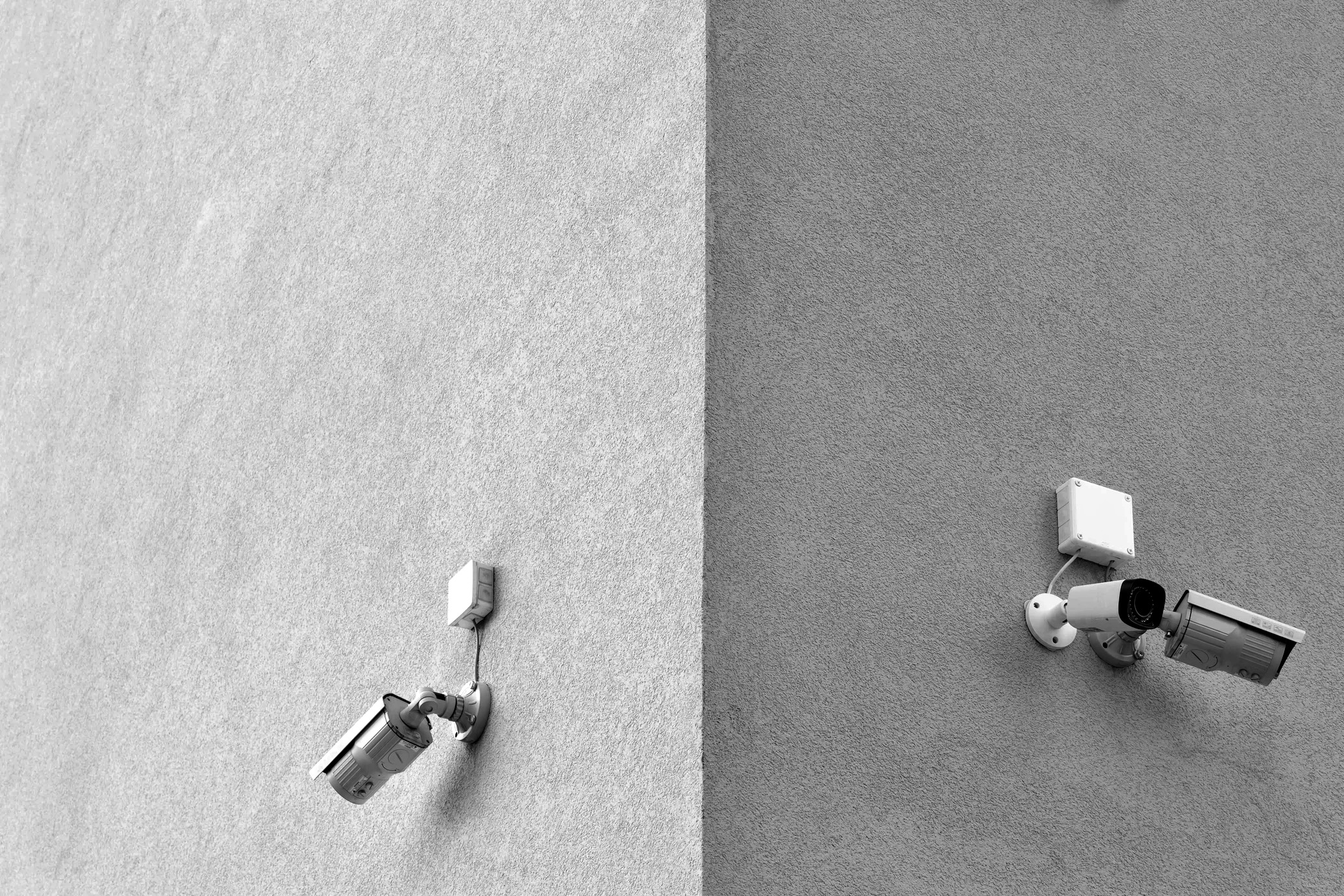
Determining what constitutes a “good” quick ratio can be subjective—it largely depends on industry standards and the specific circumstances of the company. However, a quick ratio of 1.0 is generally considered good, indicating that the company has as much in its most liquid assets as it owes in short-term liabilities. Since the current ratio includes inventory, it will be high for companies that are heavily involved in selling inventory.
What is your current financial priority?
For example, service-based companies may have fewer current assets and rely more on accounts receivable, making the Current Ratio a better indicator of their liquidity. On the other hand, manufacturing companies may have a significant amount of inventory, making the Quick Ratio a more accurate measure of their short-term liquidity. Investors and analysts often use the Quick Ratio in conjunction with other financial ratios to gain a more comprehensive understanding of a company’s financial position. By analyzing a company’s liquidity, profitability, and solvency, investors can make more informed decisions about whether to invest in a particular company or not. Unlike the Current Ratio, which includes inventory in the calculation, the Quick Ratio excludes this less liquid asset.
- It may not be feasible to consider this when factoring in true liquidity, as this amount of capital may not be refundable and already committed.
- Its cloud-based system tracks all your financial information and gives you fast access to your current assets and liabilities.
- Since the current ratio includes inventory, it will be high for companies that are heavily involved in selling inventory.
- It is important to consider both the industry and size of the company when evaluating the ideal Quick Ratio.
Resources
On the other hand, removing inventory might not reflect an accurate picture of liquidity for some industries. For example, supermarkets move inventory very quickly, and their stock would likely represent a large portion of their current assets. To strip out inventory gross pay vs net pay: whats the difference for supermarkets would make their current liabilities look inflated relative to their current assets under the quick ratio. A company’s current ratio will often be higher than its quick ratio, as companies often use capital to invest in inventory or prepaid assets.
Formula and components
Liquid assets include cash and things that can be changed into cash within three months. They ignore assets that may be difficult to liquidate quickly, such as inventory. If you don’t have any internship or work experience that involved using the quick ratio, you can discuss any coursework or personal experiences with this calculation. For example, you can mention if you helped a family member’s or friend’s small business figure out their financial health.
A company may intentionally maintain a lower Quick Ratio in order to invest in growth opportunities or pay off debt. In this case, a decreasing Quick Ratio trend may not necessarily be a cause for concern. It’s important to look at the company’s financial statements and management commentary to understand its overall financial strategy and goals. Additionally, the ideal Quick Ratio can also vary depending on the size of the company.

Current Liabilities
Cash, cash equivalents, and marketable securities are a company’s most liquid assets. It includes anything convertible to cash almost immediately, such as bank balances and checks. To calculate the quick ratio, we need the quick assets and current liabilities.
A higher Quick Ratio indicates that a company is adequately financed and has sufficient liquidity to manage short-term obligations. In contrast, a lower ratio suggests a riskier investment, as the company may face potential liquidity problems in the near future. However, it’s essential to consider other financial metrics and factors, such as industry trends, competition, and economic conditions, when making investment decisions. The quick ratio is an indicator that measures a company’s ability to meet its short-term financial obligations. It can help reassure creditors and therefore interest rates they may charge could be lower compared to other companies with lower ratios.
A higher Quick Ratio indicates a more liquid company, meaning that it has sufficient resources to meet its short-term obligations. Conversely, a lower ratio implies that there may be a risk of default, which could lead to potential financial problems. The quick ratio, often referred to as the “acid test ratio,” is a liquidity metric used to gauge a company’s capacity to pay its short-term obligations using its most liquid assets. The key distinction here is the term “most liquid assets”—these are assets that can be converted into cash quickly (hence the word “quick” in the ratio’s name). Walmart’s short-term liquidity worsened from 2021 to 2022, though it appears to have almost enough current assets to pay off current debts. A wide majority of current assets are not tied up in cash, as the quick ratio is substantially less than the current ratio.
This is because the formula’s numerator (the most liquid current assets) will be higher than the formula’s denominator (the company’s current liabilities). A higher quick ratio signals that a company can be more liquid and generate cash quickly in case of emergency. This may include cash and savings, marketable securities (stocks and bonds), and accounts receivable (money owed to the company by customers and clients).
